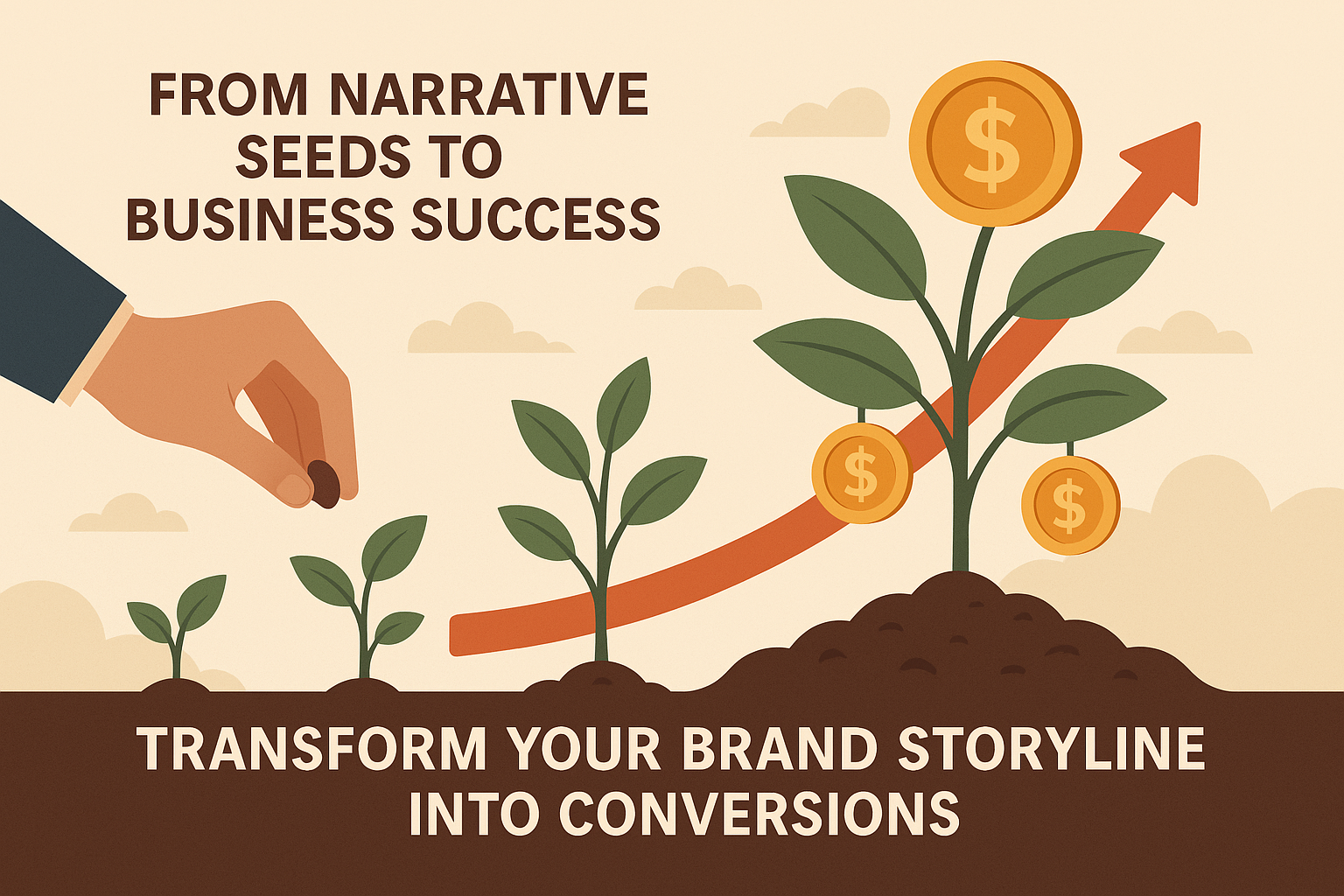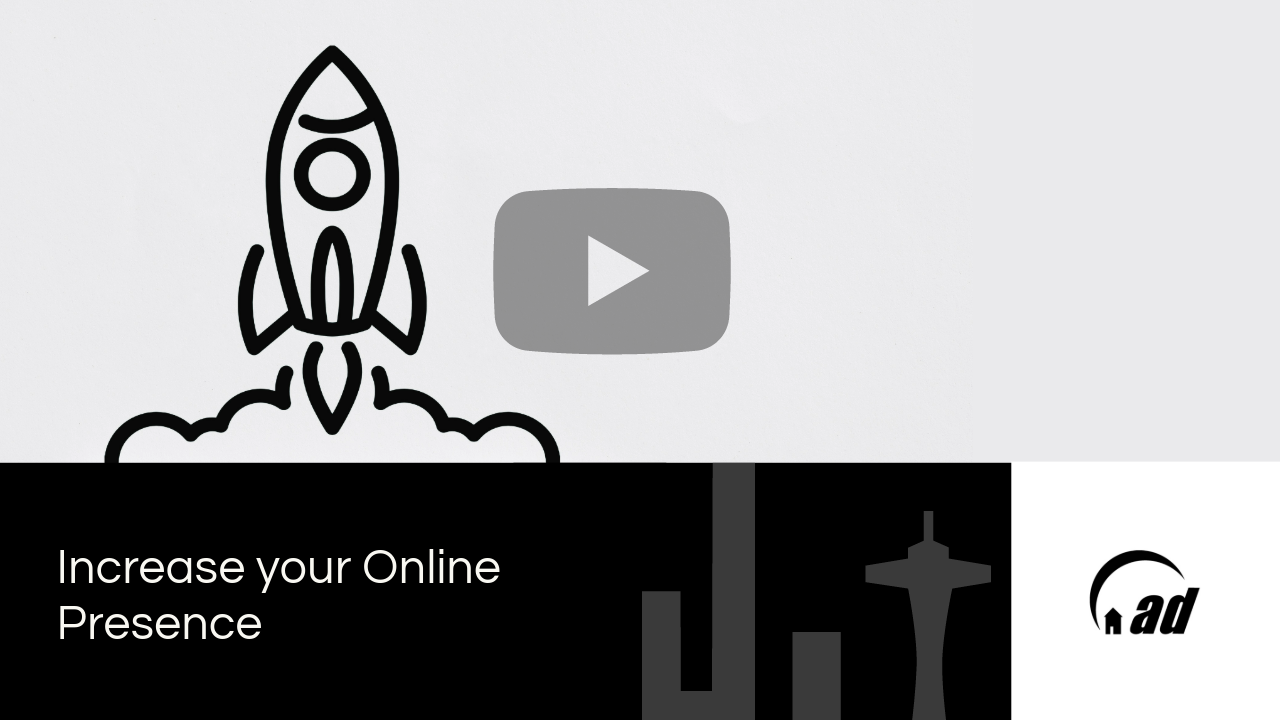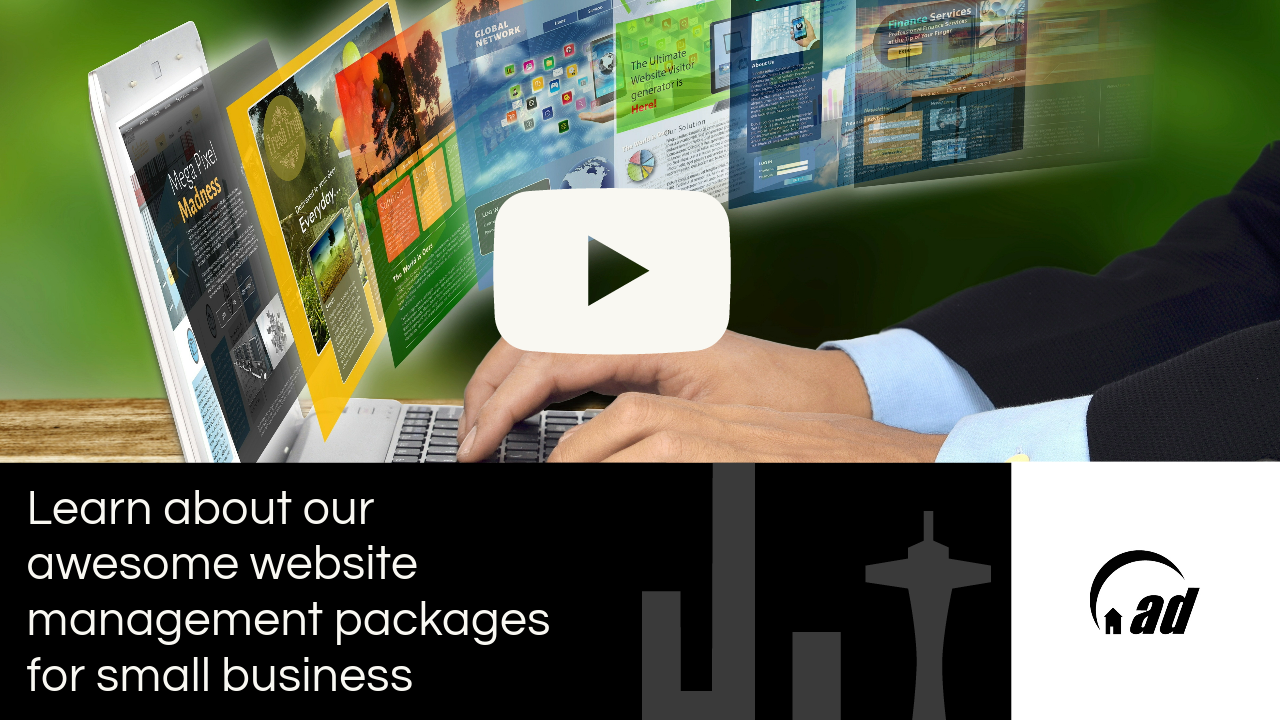Innovative Ways to Incorporate Motion Graphics in Web Design
Motion graphics are a powerful tool that can transform the user experience on any website. When seamlessly integrated into web design, they catch the eye and enhance how information is conveyed, and stories are told. This innovative approach to design is revolutionizing how we interact with the digital world. It makes websites more engaging, informative, and enjoyable. Here, we'll explore cutting-edge methods to incorporate motion graphics in web design, demonstrating how they can significantly boost user engagement and communication efficacy.
The Rise of Motion Graphics in Modern Web Design
Motion graphics go beyond mere aesthetic appeal; they make complex information easily digestible, enhancing user comprehension and engagement. Today, when online users' attention spans are increasingly short, motion graphics offer an effective way to grab and retain user interest.
What's more, an effective website design and strategic branding are vital for business success. They serve as the digital facade and interactive touchpoint for customers. Motion graphics, therefore, are not just embellishments but strategic tools that can significantly elevate a brand's online presence, making it more memorable and impactful.

Innovative Ways to Incorporate Motion Graphics in Web Design: Balancing Aesthetics and Functionality
Incorporating motion graphics into web design is an art that requires a delicate balance between aesthetics and functionality. The allure of these dynamic visuals can easily tempt designers to prioritize beauty over usability. However, harmonization is the best way to successfully incorporate motion graphics into web design.
Motion graphics should complement, not complicate, the user experience. They should serve a purpose: to guide visitors through the website, illustrate complex information, or create an engaging narrative. Overusing motion graphics can lead to cluttered interfaces and slow loading times, negatively impacting user engagement and website maintenance. It’s essential to carefully plan and thoughtfully integrate motion graphics to avoid these pitfalls, ensuring they add value without overwhelming the user.
Enhancing User Experience with Interactive Motion Graphics
Interactive motion graphics are revolutionizing the user experience in web design. By incorporating elements like hover effects, scrolling animations, and dynamic backgrounds, websites become a source of information and a journey of engagement and discovery. These animations invite users to interact, making the experience more intuitive and memorable.
This option is particularly beneficial for businesses that depend on customer satisfaction. For example, a moving company can utilize these graphics to guide, inform, and engage potential customers. Animated infographics can illustrate the moving process, while interactive maps can show service areas or moving routes.
Optimizing Results with Complementary Solutions
Of course, graphics should complement other software solutions for the most favorable outcome. A prime example is CRM software offered by MoversTech CRM, a company specializing in software for movers. This solution streamlines customer interactions and manages leads effectively. When combined with front-end motion graphics, MoversTech CRM’s backend capabilities ensure a seamless user experience. Interactive graphics can dynamically display real-time updates regarding services or available booking slots, while the CRM system efficiently handles the logistical aspects of customer interactions. This seamless integration results in an efficient, responsive, and user-friendly experience, significantly boosting customer satisfaction for any moving company.

Using Motion Graphics for Storytelling
Storytelling through motion graphics is a captivating way to convey a message or tell a story on a website. This approach transforms static content into a dynamic narrative. As a result, it captures a brand's or product's essence in a way that resonates with audiences. Using animations and visual effects, designers can weave a tale that guides visitors through a site, making each scroll a part of the unfolding story. This method is particularly effective in engaging users and creating a memorable experience.
It's not just about the visuals; it's about creating a cohesive narrative that aligns with the brand's identity and message. Websites that have leveraged this technique see a significant increase in user engagement and communication efficacy. For instance, a company promoting eco-friendly products might use motion graphics to illustrate its journey toward sustainability.
Optimizing Motion Graphics for Performance
Optimizing motion graphics for performance is critical, especially when the goal is to create a high-converting landing page. Motion graphics' visual appeal is undeniable, but if they aren't optimized properly, they can lead to increased loading times and potentially drive away visitors.
When incorporating motion graphics in web design, designers must focus on technical aspects to ensure they enhance rather than hinder the user experience. These include file format optimization, compression techniques, and efficient coding practices.
Implementing responsive design is also vital. Motion graphics should seamlessly adjust to screen sizes and resolutions without losing impact. Additionally, consider using progressive loading techniques, where graphics load in segments rather than all at once, to maintain a smooth user experience.

Accessibility and Inclusivity in Motion Design
Apart from their visual appeal, motion graphics should be accessible to all users, including those with disabilities. That means designers must consider aspects like color contrast, avoiding animations that could trigger seizures, and providing alternative content for those who cannot interact with motion graphics. For instance, incorporating subtitles or descriptive text for animations ensures that the content is accessible to users with hearing impairments.
Inclusivity in motion design also involves designing with a diverse audience in mind. That can be achieved by using a variety of colors, shapes, and animation styles that resonate with a broader demographic. It’s about creating designs that do not rely solely on color to convey information, thus being considerate of color-blind users. This approach enhances the user experience for everyone and reflects a brand's commitment to diversity and inclusivity.
Future Trends: The Next Frontier in Motion Graphics
Emerging technologies like augmented reality (AR) and virtual reality (VR) will revolutionize how motion graphics are integrated into web experiences. Additionally, the increasing use of artificial intelligence (AI) in design will enable more personalized and dynamic motion graphics that adapt in real time to user interactions and preferences.
We can also anticipate a rise in the use of micro-animations. They'll provide more subtle and refined user interactions, enhancing the overall user experience without overwhelming it. As these technologies mature, creative and engaging web design possibilities are boundless.
Embracing the Future of Web Design with Motion Graphics
Incorporating motion graphics in web design is not just a trend but a transformative approach to creating engaging digital experiences. These innovative techniques enhance user interaction, convey messages effectively, and bring brands to life. As technology evolves, the possibilities to incorporate motion graphics in web design are limitless, promising a more dynamic and immersive digital world.
About the author
Daniel Walker is a seasoned web designer and digital media expert with over a decade of experience incorporating cutting-edge motion graphics into website designs. His passion for blending visual artistry with user-centric design solutions has established him as a thought leader in the dynamic field of web development and design.
Photos used:
https://www.pexels.com/photo/photo-of-person-using-laptop-for-graphic-designs-4348404/
https://www.pexels.com/photo/person-holding-apple-magic-mouse-392018/
https://www.pexels.com/photo/notebook-beside-the-iphone-on-table-196644/
https://www.pexels.com/photo/silver-imac-displaying-collage-photos-1779487/
Share
Tips & Updates








